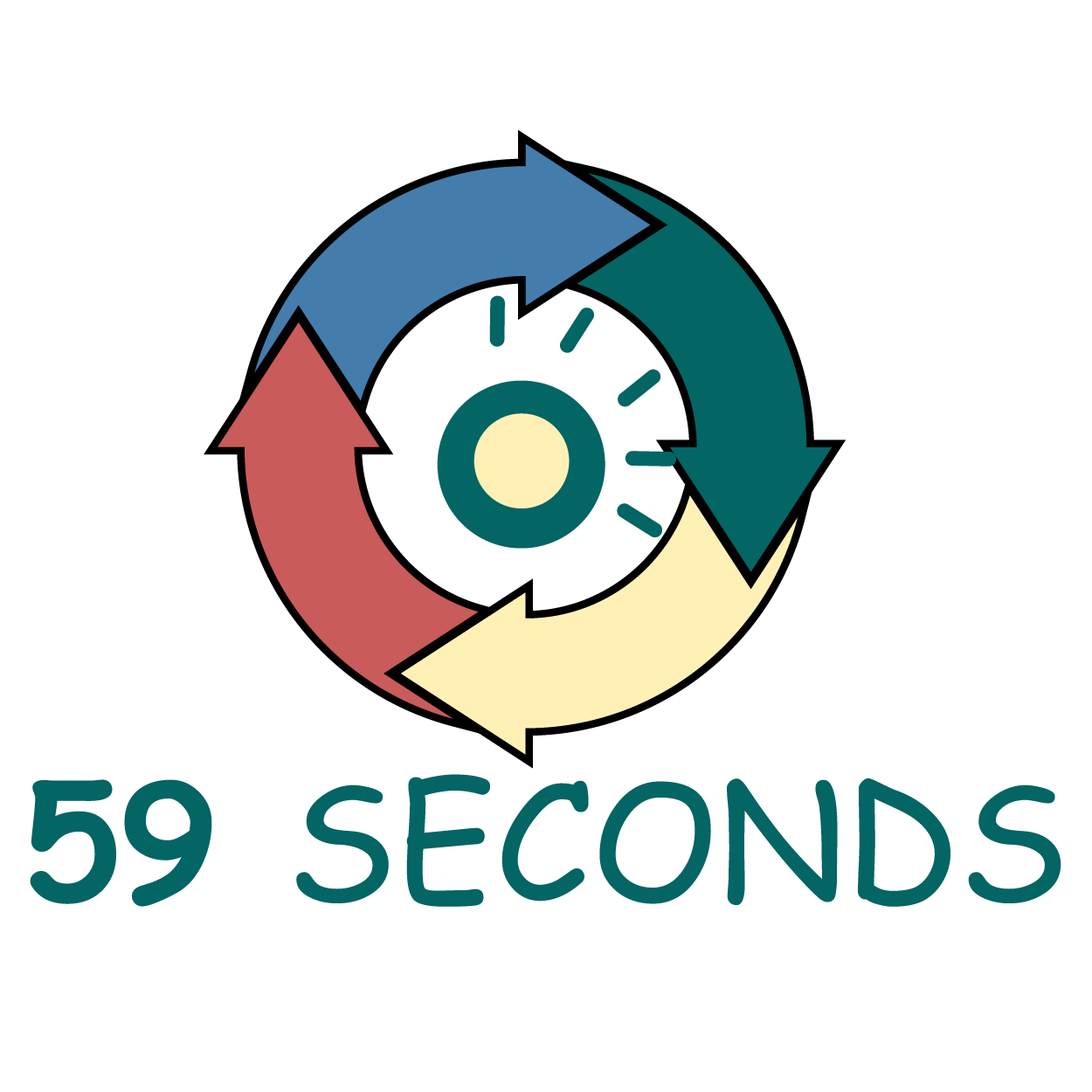
Introduction to Scrum – Part 2
What is Scrum?
For developers in a Scrum framework, the differences between Scrum teams and traditional development teams create very different environments. For one, the self-organizing teams of Scrum mean that developers can gravitate toward work that they better understand. Instead of working on only what they receive instruction for, Scrum developers can pick up assignments that they know more about. Scrum teams are also multi-disciplined, and developers work hand in hand with other roles. Traditional development environments usually have developers only work with other developers. On a Scrum team, all roles involved in the development process are present.
Scrum Theory
There are a few theories that the Scrum framework sticks to. These theories include iterative sprints, transparency, inspection, and adaptation. By applying these theories to the development process, Scrum development can operate more efficiently than traditional waterfall development.
Iterative sprints refer to the process of improving the development environment over time. In Scrum development, a project is divided into many sprints. These sprints are between 2 and 6 weeks long. At the end of each sprint, the Scrum team examines the previous sprint and plans for the following sprint. By breaking up the project into smaller time frames, the team can gradually improve methods and processes.
Using iterative sprints also benefits stakeholders. The goal of Scrum is to produce working pieces of software within each sprint. At the end of the sprint, the Scrum team should have individual components of the product that can work on their own. These components are then delivered to the stakeholders. Since stakeholders can use these working pieces, they can offer feedback on what they do and don’t like the pieces of the product that are already finished. Developers can then use this feedback to improve their work on future components and features through the use of user stories.
Transparency means that all stakeholders can see and understand the process of development. Instead of hiding practices and methods within separate departments, all parties can see and understand all areas from start to finish. By using language and terms that all stakeholders understand, different roles can communicate more effectively. Developers can understand the work and processes of other roles, even without an extensive knowledge of each role.
The ‘Agile Scrum Master Training Course With 59 Seconds Training‘ is now available for free. This free Scrum Master Certified Online Training Course provides an in-depth understanding of the Agile Scrum Master roles and responsibilities, where you find out what a Scrum Master does and how to do it. During this free course you will learn all of the tools needed to succeed as an Agile Scrum Master.
Thank you for choosing us to learn about the Agile Scrum Framework.
59 Seconds Training Video
Master of Agile – Agile Scrum Master With 59 Seconds Agile (Video Training Course)
Introductory Offer: Free Course
Master of Agile – Agile Scrum Master With 59 Seconds Agile (Video Training Course)
What is this course?
This ‘Master of Agile – Agile Scrum Master With 59 Seconds Agile (Video Training Course)’ provides an in-depth understanding of the Agile Scrum Master roles and responsibilities
You will explore the Agile Scrum project life-cycle, including how an Agile User Story is created, to how we know when it is ‘done’
This course is aimed at those with or without prior knowledge and experience of the Agile values and principles
During this course you will learn the tools needed to succeed as an Agile Scrum Master
What will you learn?
You will gain an in-depth understanding of the Agile Scrum Master roles and responsibilities, and you will be able to
- Fully understand the role of the Agile Scrum Master
- Understand the roles involved in an Agile project
- Create an effective Product Backlog
- Effectively participate in Scrum Meetings such as the Daily Stand-up, Sprint Review and Retrospective
- Identify the roles involves in the Scrum Team

What topics are covered within this course?
You will cover the following topics during this course:
- An Introduction to Agile Project Management (Scrum Master)
- Using the Agile Manifesto to Deliver Change (Scrum Master)
- The 12 Agile Principles (Scrum Master)
- The Agile Fundamentals (Scrum Master)
- Introduction to Scrum (Scrum Master)
- Scrum Projects (Scrum Master)
- Scrum Project Roles (Scrum Master)
- Scrum in Projects, Programs & Portfolios (Scrum Master)
- How to Manage an Agile Project (Scrum Master)
- Leadership Styles (Scrum Master)
- The Agile Project Life-cycle (Scrum Master)
Our Book Recommendations
We found these books great for finding out more information on Agile Scrum:
